Women in the Middle Ages: Scholars and Leaders Beyond Stereotypes
Written on
Chapter 1: The Misunderstood Role of Women
For centuries, the narrative of history has often sidelined the contributions of women, particularly during the Middle Ages—a period characterized by male dominance and patriarchal values. However, it's essential to highlight that, similar to other historical eras, women played a pivotal role in society during the Middle Ages. So, how did women navigate life in this time? Let’s delve into that question.
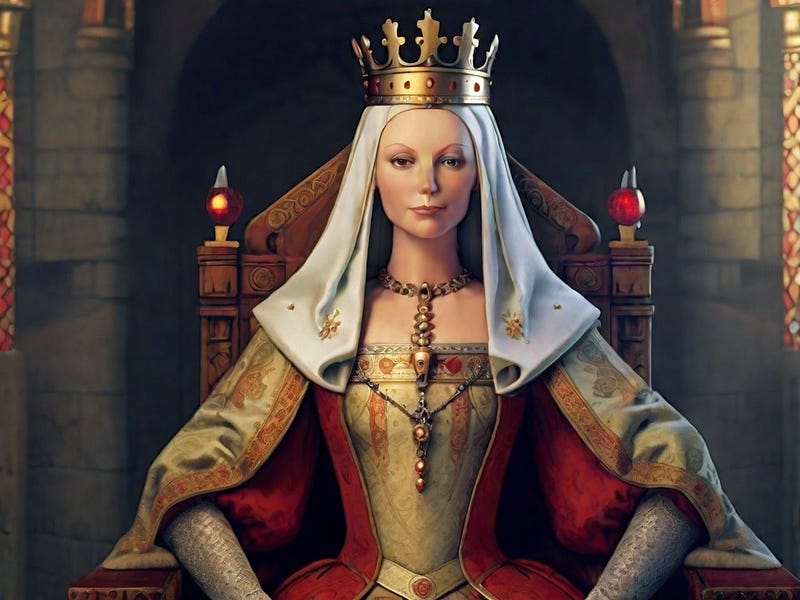
In the mid-19th century, the phrase “dark ages” emerged, encapsulating a long-standing misconception about the Middle Ages. Although we now recognize this era wasn’t as bleak as once believed, enduring stereotypes from that time continue to persist, painting a negative picture of women. Often depicted as uneducated, unkempt, frail, and even disabled, these portrayals have little basis in reality.
The Reality of Women's Lives in the Middle Ages
No, not every woman in the medieval period was illiterate, though illiteracy was indeed prevalent, even among those in royal circles. Women were conscious of hygiene—contrary to the notion that the Renaissance marked a decline in cleanliness. Furthermore, women made notable strides in intellectual pursuits, despite the limited access to education and scholarly resources after the fall of the Western Roman Empire.
Women in the Middle Ages fulfilled similar roles as their counterparts in other historical periods—they were mothers, wives, widows, and lovers. This group included not only ordinary peasants but also women dedicated to scholarship and the betterment of other women’s lives. Some even ascended to leadership positions, often employing a combination of charm, intelligence, and political savvy. Ultimately, the societal roles of women in the Middle Ages mirrored those of ancient and Renaissance women.
Why, then, does historical documentation portray medieval women unfavorably? The answer lies in the patriarchal society's fear of women. During this time, societal norms were largely dictated by the Catholic Church, which significantly shaped perceptions of women.
It's notable that even the Old Testament presents women as inferior figures—temptresses who led humanity astray. The medieval clergy wielded considerable influence in various domains, including philosophy, often intertwining secular thought with theological doctrine. It can be inferred that chroniclers—many of whom were clergy—were similarly affected by these views. Ironically, the very stereotypes that vilified medieval women suggest they held a more influential position in society than recorded history indicates; otherwise, there would have been no need to disparage them.
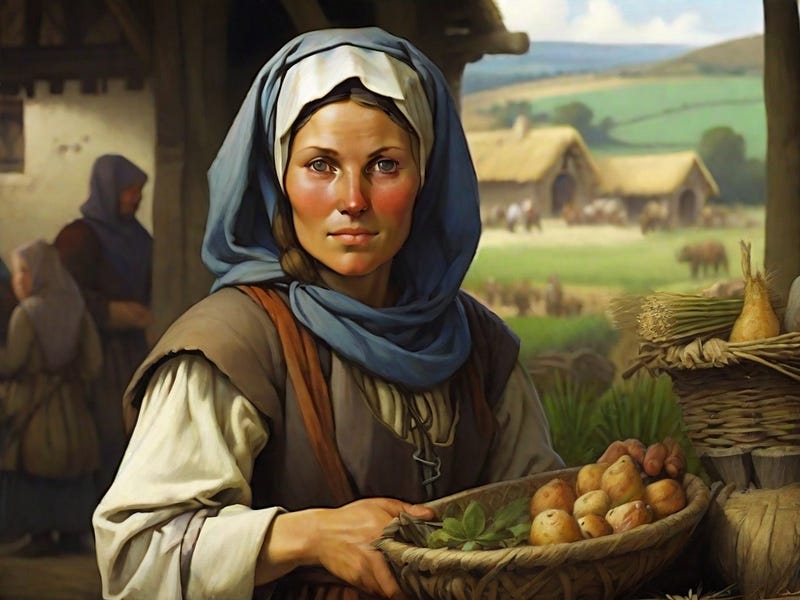
Daily Life and Marital Practices
The belief that women married young in the Middle Ages is partially accurate. In the early Middle Ages, marriages were often delayed, likely due to Germanic traditions and the constraints of early settlements which necessitated population control.
As the Middle Ages progressed, marriage customs evolved. Canon law permitted engagements at the age of seven, and girls could marry by twelve. While such practices were more common among the upper classes, they were often strategic arrangements intended to benefit noble families.
Prior to marriage, women learned domestic skills, and those from less affluent backgrounds often worked in other households to accumulate a dowry. Following marriage, their primary focus shifted to raising children. Wealthier women typically had assistance from servants and nurses for childcare, whereas lower-class women managed these responsibilities themselves.
While motherhood was a primary role for women, it was not their sole function. In rural communities, women often managed farms and took over their husbands' duties during times of war. Their diverse skill sets were crucial, especially given the frequent need for repairs in medieval rural homes.
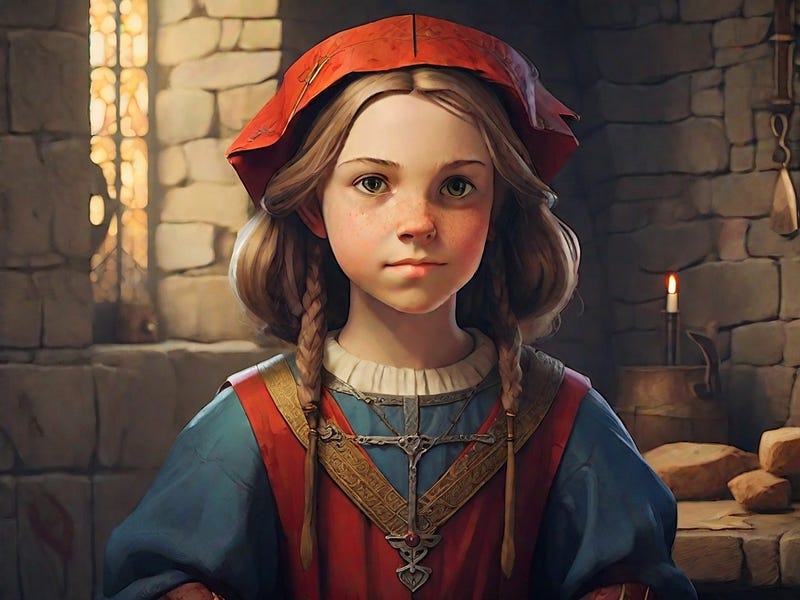
The Fashion of the Time
The clothing worn by medieval women changed considerably throughout the various phases of the era. In the earliest Middle Ages, men and women often wore similar garments, with the primary distinction being length. Up until the 14th century, women primarily donned long tunics, often layered with a skirt.
Interestingly, the attire of women from higher social classes bore similarities to that of their lower-class counterparts, differing mainly in material and embellishments. The upper-class garments were often made from luxurious fabrics, while peasant women wore simpler clothing that has, regrettably, not survived the ages.
By the 15th century, the houppelande, a voluminous dress with flared sleeves, became fashionable. This dress style featured a raised waistline and did not utilize buttons—side lacing served to tailor the fit, and sleeves were often altered after each use.
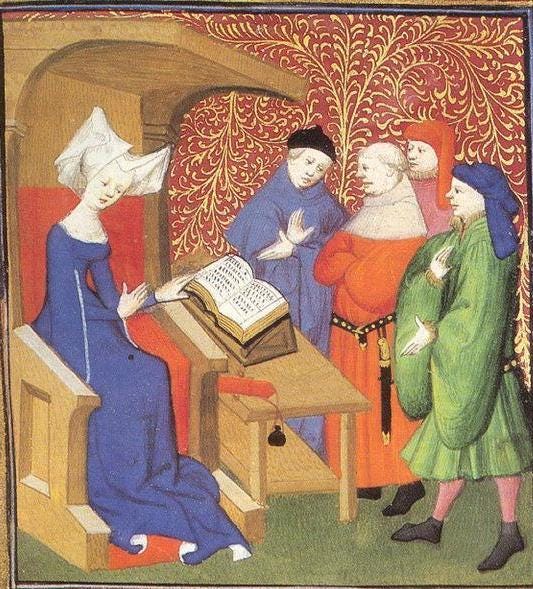
Hygiene Practices of Medieval Women
Contrary to the stereotype of the Middle Ages as a “dirty era,” women typically bathed at least once a week, often more frequently. It's crucial to note that not all women maintained good hygiene, largely due to the Church's discouragement of bathing, which was believed to negate the need for cleanliness after baptism.
Nonetheless, records indicate that public baths were available and used by many. Initially, lye was employed for washing, which was later replaced by soap. Oral hygiene was also valued, with recommendations from figures like Trotula of Salerno advocating for rinsing with wine mixed with salt and cleaning teeth with walnut shells.
Women's Roles in the Workforce
What occupations did medieval women pursue? Spinning was a traditional craft, with women using distaffs and spindles, and by the end of the era, spinning wheels were commonplace. Many served as midwives, caring for children, and this role became increasingly recognized towards the conclusion of the Middle Ages.
Peasant women were responsible for animal husbandry, baking bread, and dairy production, often participating in beer brewing as well.
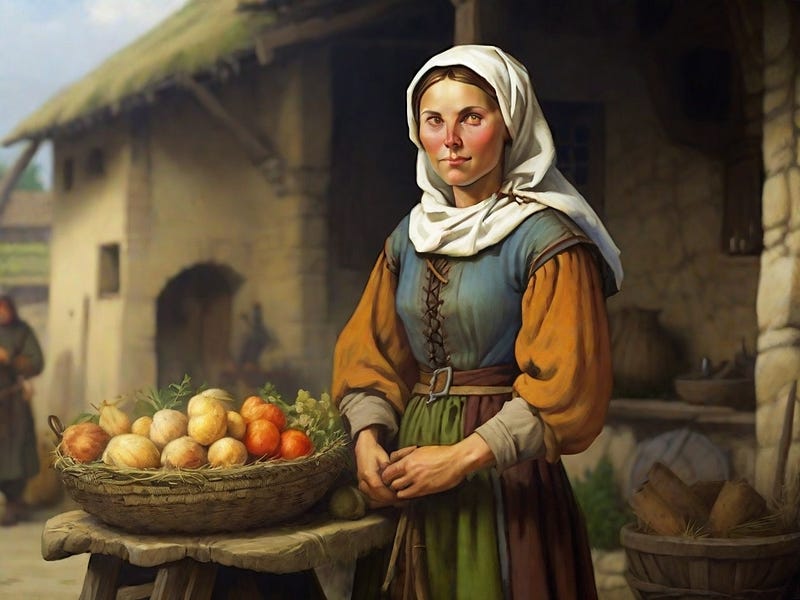
Intellectual Contributions of Women
During the Middle Ages, women faced significant barriers to education, particularly at the university level, which was largely restricted to those of noble birth. The University of Bologna was a pioneer, allowing women to enroll, with Dorotea Bucca holding a chair in medicine there during the 15th century.
Earlier, in the 12th century, Trotula di Ruggiero, an Italian physician, taught medicine at the medical school in Salerno, contributing essential texts in gynecology and obstetrics. Most women received their education in convents, where they engaged in scholarly pursuits, as seen in the works of Hildegard of Bingen in medicine and botany.
Medieval Female Leadership
Traditionally, power was a male-dominated domain, but notable women began to emerge as leaders. Empress Irene was one of the first to govern Byzantium independently. Ethelfleda, the daughter of Alfred the Great, ruled Mercia from 902 AD.
As the Middle Ages progressed, women's political influence grew. Eleanor of Aquitaine stands out as one of the most powerful figures in medieval Europe. This trend persisted until the era's conclusion, with women significantly impacting the continent's geopolitical landscape, as illustrated by Isabella I of Castile's marriage to Ferdinand II of Aragon, which united Spain.
Though medieval queens may not have always governed directly, they often wielded influence through their charm and strategic relationships, as demonstrated by Duchess Emnilda, who adeptly influenced her husband Boleslaw the Brave's political decisions.
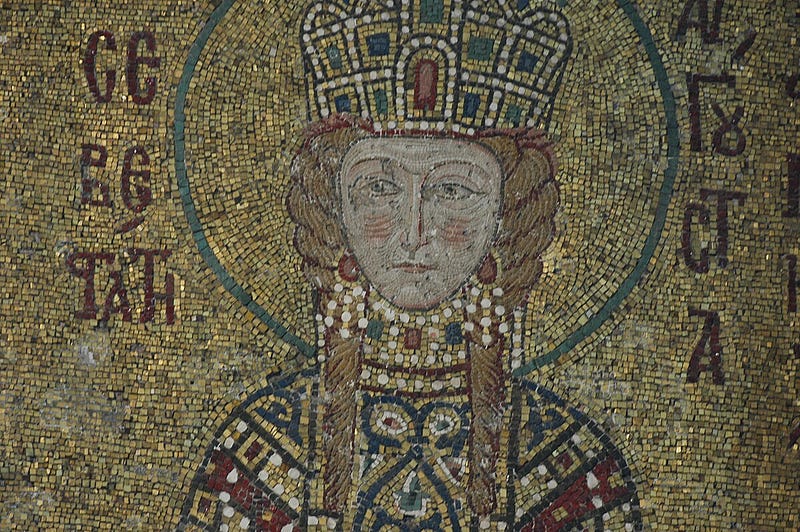
Women in Religious Life
In the medieval Church, women were prohibited from holding priestly roles, a restriction that persists to this day. However, they could pursue religious life in convents, with the highest position available being that of abbess, followed by the prioress, who assisted in managing the convent.
Monastic life was reserved for devout women who adhered closely to the Church's teachings. Contrary to popular belief, instances of torture or execution of women for expressing independent thoughts were not widespread during the Middle Ages. The infamous witch hunts only gained momentum towards the era's end, peaking after 1560.
This video explores gender identity and sexuality during the Medieval era, shedding light on the complexities of women's experiences in a patriarchal society.
In this conversation, former Nigerian President Olusegun Obasanjo discusses the significance of leadership and governance, providing insights relevant to the historical context of women in power.
Attention all readers!
As content creators on Medium.com, we face minimal compensation for our hard work. If you find value in my articles, please consider supporting me on my “Buy Me a Coffee” page. Your small contributions can make a big difference in fueling my passion for creating quality content. Thank you for your support!

